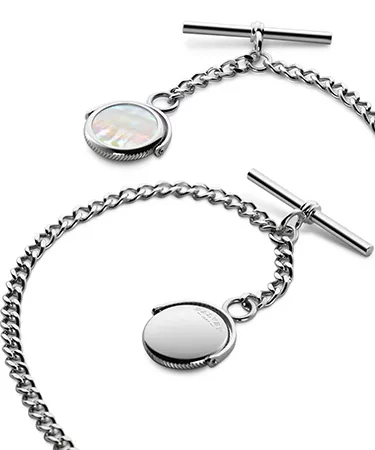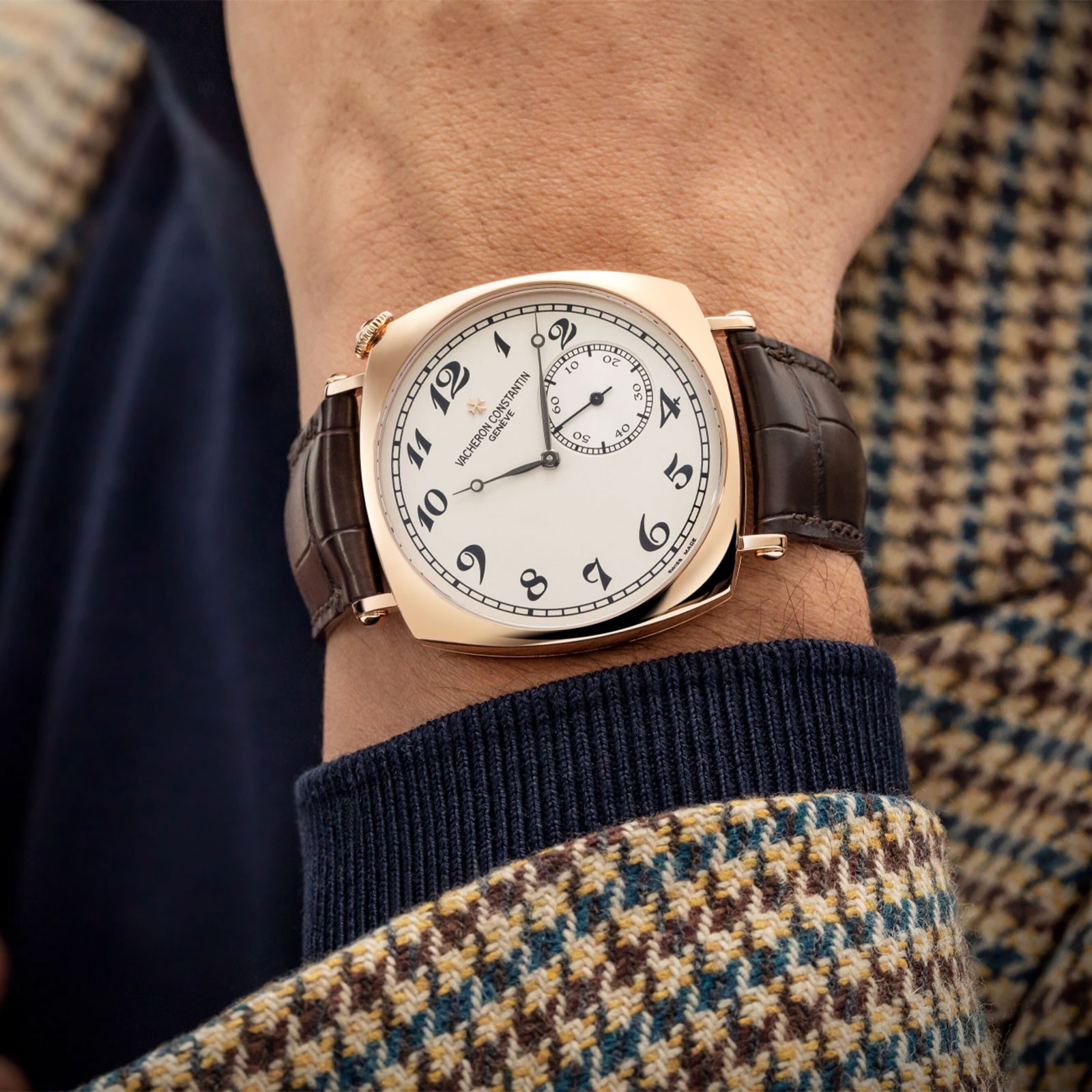Ever wondered about the fascinating world of pocket watches?Join me as we explore these charming timepieces, from their invention to their current status. We'll uncover when pocket watches first appeared, how people wore them, and the clever mechanics that made them tick. Let's dive into the captivating history of these miniature marvels!
In the early 16th century, around 1500-1510, Peter Henlein, a locksmith from Nuremberg, Germany, became one of the earliest documented craftsmen to create small, portable timepieces. While often credited as the inventor of the pocket watch, historians debate this attribution, acknowledging him instead as a pioneer in the field of portable timekeeping.
The creation of these smaller timepieces was made possible by the application of the mainspring, a technology developed in the late 14th or early 15th century, predating Henlein's work. Henlein's innovation lay in utilizing this existing technology to create more compact, portable clocks. Henlein's initial designs were often boxy, reflecting their origins as miniaturized clocks. However, by the 17th century, watchmakers began redesigning these timepieces into the rounded shape that we now associate with classic pocket watches.
The cultural impact of these early portable timepieces not only represented a technological advancement but also became important markers of social status and wealth. The ability to carry time with oneself changed societal practices and perceptions of timekeeping, gradually shifting from community-based time (such as church bells) to personal timekeeping.
It evolved alongside fashion trends often influenced by royal and aristocratic practices. In the late 17th century, King Charles II of England played a pivotal role in popularizing the pocket watch as a fashionable accessory for men. This occurred when he introduced waistcoats as part of men's attire and began carrying his watch inside the front pocket of this new garment.
This royal endorsement quickly caught on among the upper classes and eventually spread to society. Men found the newly rounded watches convenient and stylish when tucked into their waistcoat pockets. The pocket watch became a symbol of sophistication.
Pocket watch posed a challenge for women's fashion of the time. Women's dresses typically lacked suitable pockets, and the bulky nature of pocket watches didn't align well with the prevailing female silhouettes. In those times, women often wore smaller watches as pendants or pinned to their dresses or around their necks.



Prince Albert (1819–1861), Albert pocket watch chains Dalvey Albert with Mother of Pearl,
husband and consort of Queen Victoria popular in the 19th century
In the 19th century, the British Royal Family Prince Albert, consort to Queen Victoria, introduced what became known as the 'Albert Chain' around the 1840s. This functional fashion accessory consisted of a chain attached to the pocket watch at one end and secured to the wearer's outer garment (usually a waistcoat) with a clip or fob at the other end.

The Albert Chain served multiple purposes:
The Albert Chain remained a popular accessory well into the early 20th century, only gradually giving way to the wristwatch after World War I.

The functionality and accuracy of pocket watches Saw a revolutionary improvement with the invention of the balance spring (a small, coiled spring that works with the balance wheel to regulate the timekeeping of the watch) in 1657. The introduction of this tiny, coiled spring dramatically reduced errors to just under ten minutes a day - an improvement that seemed almost miraculous at the time.
Traditional mechanical pocket watches operated on a hand-wound movement system. Here's how they worked:
At its core was the mainspring, a coiled metal ribbon inside a barrel that served as the primary energy source. Early models were wound using a separate key inserted into the case back, while later versions introduced the familiar winding crown. When wound, the mainspring would tighten, storing potential energy. The heart of the watch's timekeeping mechanism was the balance wheel and spring assembly, which regulated the watch's operation. An escapement mechanism transferred energy from the mainspring to the balance wheel in controlled increments. As the balance wheel oscillated back and forth, controlled by the balance spring, it allowed the gear train to advance incrementally, moving the hands on the watch face and thus keeping time.
The decline of pocket watches began during World War I, When wristwatches, nicknamed 'trench watches', proved more practical for soldiers. Initially, resourceful soldiers simply strapped their pocket watches to their wrists for convenience. As purpose-built wristwatches became available, they often incorporated pocket watch movements with the crown remaining at 12 o'clock, a design feature that would later influence civilian timepieces.
As wristwatches became the norm, pocket watches gradually faded from mainstream use. However, their rich heritage and elegant aesthetics have ensured their survival as symbols of luxury and nostalgia. Today, pocket watches mainly appeal to collectors and enthusiasts of vintage timepieces.
Some luxury watchmakers continue to draw inspiration from pocket watch designs. For example, Vacheron Constantin's Historiques collection features the American 1921 model, a modern interpretation of a 1920s design. The watch's distinctive slanted dial and crown at 12 o'clock might be a nod to its pocket watch heritage, although it's often explained as a design for easier reading while driving.

Discover our Pocket Watches!